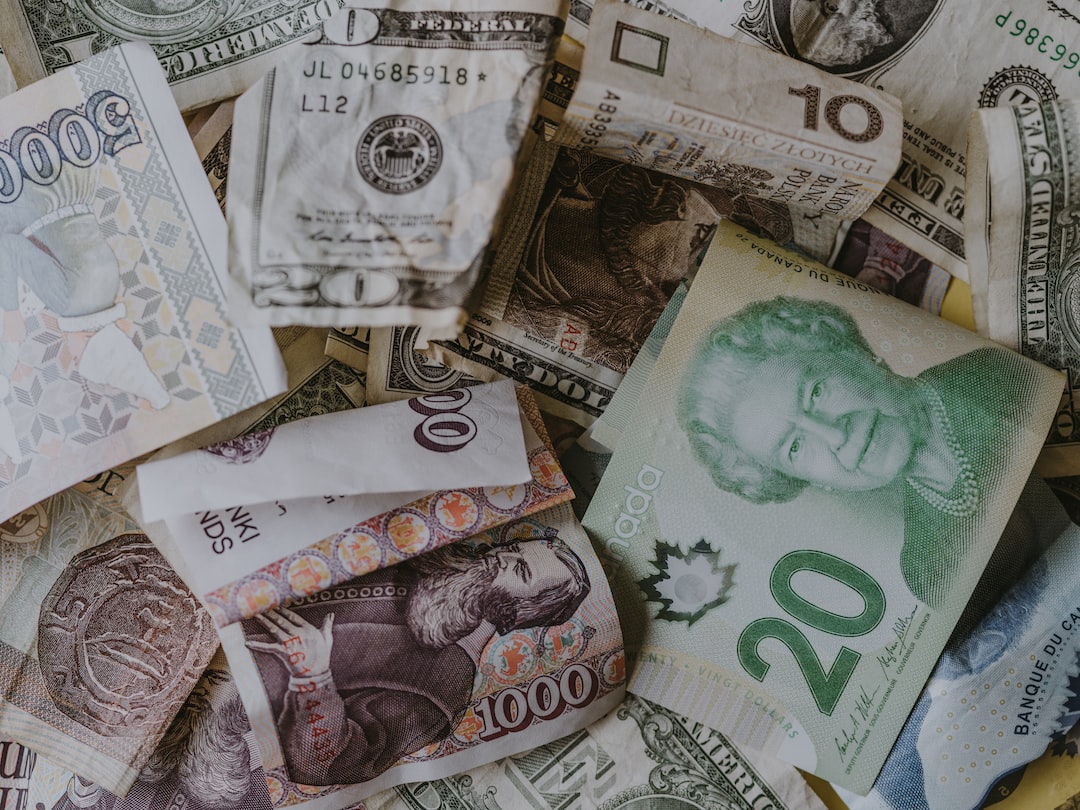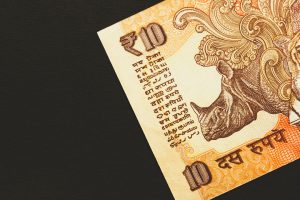Forex, short for foreign exchange, refers to the trading of currencies from different countries. Forex trading is a popular form of investment that allows traders to buy and sell currencies with the aim of making a profit. However, like any other financial transaction, forex trading comes with a cost. One of the costs associated with forex trading is the forex fee, which is the focus of this article.
Simply put, a forex fee is the cost charged by a broker or financial institution for executing a forex trade. Forex fees can come in different forms, and the exact cost may vary depending on the broker, the currency pair being traded, and the size of the trade. Some of the most common forex fees include spreads, commissions, and rollover fees.
Spreads are the most common type of forex fee. A spread is the difference between the bid price (the price at which a trader can sell a currency) and the ask price (the price at which a trader can buy a currency). The spread is the cost that a trader pays for executing a forex trade. For example, if the bid price for EUR/USD is 1.1200 and the ask price is 1.1205, the spread is 0.0005 (or 5 pips). This means that a trader who buys EUR/USD at the ask price will pay an extra 5 pips on top of the market price.
Commissions are another type of forex fee. Some brokers charge a commission for executing forex trades, which is usually a fixed amount per lot (a lot is a standardized unit of currency). Commissions can be charged in addition to spreads or instead of spreads. For example, a broker might charge a spread of 2 pips for EUR/USD and a commission of $5 per lot. This means that a trader who buys one lot of EUR/USD will pay $5 in commission plus an extra 2 pips on top of the market price.
Rollover fees are a third type of forex fee. Rollover fees are charged when a trader holds a position overnight. Forex trades are settled on a T+2 basis, which means that the settlement date is two days after the trade is executed. If a trader holds a position overnight, the settlement date is pushed forward by one day. This means that the trader will either receive or pay interest on the currency pair being traded, depending on the interest rate differential between the two currencies. For example, if a trader buys AUD/USD and holds the position overnight, they will receive interest on the AUD and pay interest on the USD.
In addition to these three types of forex fees, there may be other costs associated with forex trading. For example, some brokers charge fees for account maintenance, deposits, or withdrawals. It is important for traders to carefully review the fee schedule of their chosen broker before opening a forex trading account.
Forex fees can have a significant impact on the profitability of forex trading. Traders who pay high fees may find it difficult to make a profit, especially if they are trading small amounts. Therefore, it is important for traders to choose a broker that offers competitive fees and a transparent fee schedule. Traders should also consider the quality of the broker’s trading platform, customer support, and regulatory compliance when choosing a forex broker.
In conclusion, a forex fee is the cost charged by a broker or financial institution for executing a forex trade. Forex fees can come in different forms, including spreads, commissions, and rollover fees. These fees can have a significant impact on the profitability of forex trading, so it is important for traders to carefully review the fee schedule of their chosen broker before opening a forex trading account. By choosing a broker that offers competitive fees and a transparent fee schedule, traders can increase their chances of success in the forex market.






